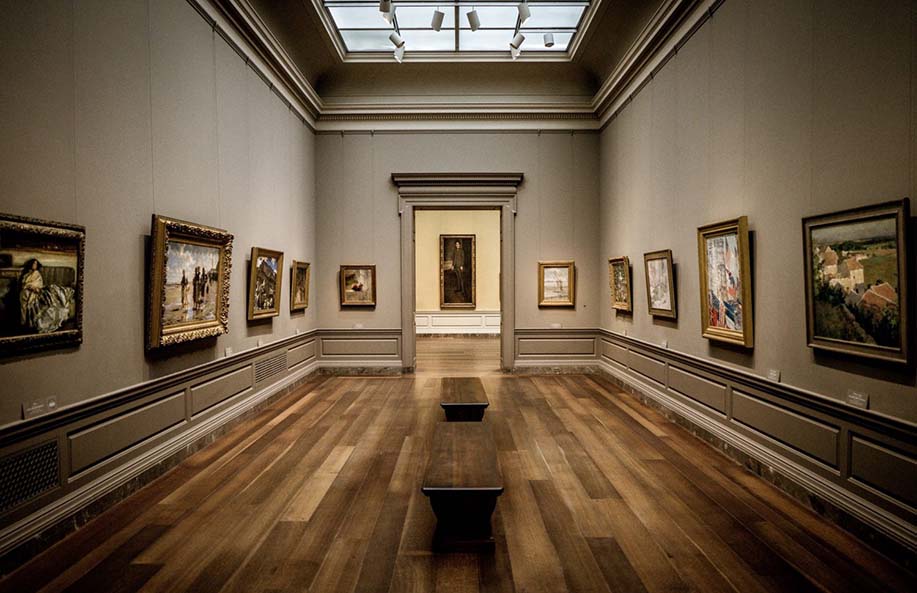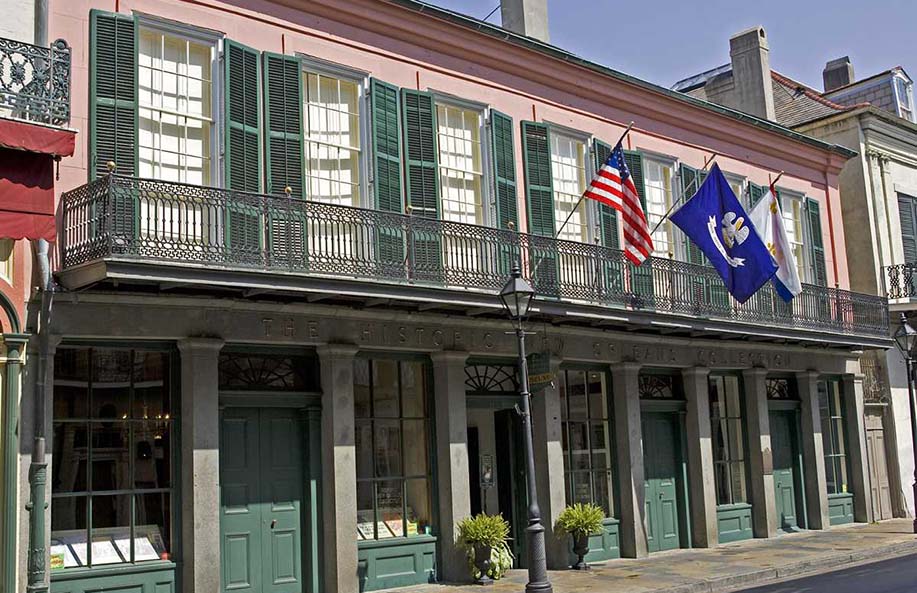Embarking on a journey through Washington, D.C.’s iconic monuments and memorials was like stepping into a living history book, each page adorned with tales of bravery, sacrifice, and resilience.As I explored the city’s rich culture, I couldn’t help but be fascinated by the subtle details that bring each attraction to life.
Washington Monument: A Beacon of History
The Washington Monument, piercing the sky at 555 feet, greeted me with a quiet majesty. I chose to visit during the early morning hours, basking in the soft glow of the rising sun. The golden hues danced upon the monument’s marble surface, casting long shadows that seemed to whisper tales of a fledgling nation finding its footing.
For those looking to avoid the bustling crowds, I recommend securing tickets online and opting for the early morning or late afternoon slots. Priced at $15 for adults and $7.50 for children, the tickets offer a timed entry, ensuring an intimate experience with this symbol of American resilience.
Lincoln Memorial: Conversations with the Past
The Lincoln Memorial, perched at the edge of the Reflecting Pool, became a stage for a captivating conversation with history. Samuel, my wise tour guide, shared anecdotes that transported me to the turbulent times of the Civil War. The imposing statue of Abraham Lincoln seemed to gaze across the Mall, as if pondering the weight of the nation’s journey.
To enhance your visit, consider attending the evening ranger-led programs held during the summer months. The monument takes on a different charm under the moonlight, and the programs offer a deeper understanding of Lincoln’s legacy.
Tidal Basin: Cherry Blossoms and Tranquility
A leisurely stroll along the Tidal Basin revealed a breathtaking sight—cherry blossoms in full bloom, their delicate petals dancing in the spring breeze. Maria, the boat captain, guided me through the serene waters, sharing insights into the annual Cherry Blossom Festival. The boat ride added a touch of tranquility to my adventure, a moment of respite amidst the bustling city.
To fully immerse yourself in the cherry blossom experience, plan your visit during late March to early April. The National Cherry Blossom Festival website provides updates on peak bloom dates and offers tips for the best viewing spots.
Franklin D. Roosevelt Memorial: A Journey Through Four Terms

The Franklin D. Roosevelt Memorial unfolded before me like a visual narrative of a transformative era. A chance encounter with a group of students led to an impromptu history lesson about the New Deal and the resilience of a nation during trying times. The memorial’s intricate sculptures and water features added a contemplative touch to my exploration.
For an in-depth experience, explore the memorial during the spring or fall when the weather is mild. Admission is free, allowing you to delve into the details at your own pace.
Vietnam Veterans Memorial: Faces Etched in Stone
The Vietnam Veterans Memorial, a solemn expanse of black granite, held a profound silence. Jake, a Vietnam War veteran, shared his poignant connection to the memorial, pointing to the names of comrades lost in battle. The Wall, as it’s affectionately known, became a canvas of emotions, each name carrying a weighty story of sacrifice.
For a more intimate encounter, visit during the early morning or late evening hours. The soft lighting enhances the reflective nature of the memorial, creating a contemplative atmosphere.
Korean War Veterans Memorial: Frozen in Time
The Korean War Veterans Memorial transported me to a frozen battlefield, the statues of soldiers poised in a moment of eternal vigilance. Mingling with a group of veterans, I gained insights into the camaraderie forged in the crucible of war. The memorial’s design, with its hauntingly realistic figures, conveyed the harsh realities faced by those who served.
To avoid the midday crowds, plan your visit during the weekdays or early mornings. The memorial is open 24 hours, providing a serene backdrop for reflection.
Arlington National Cemetery: A Sea of Sacrifice
Crossing the Potomac to Arlington National Cemetery felt like entering hallowed grounds. Martha, a volunteer guide, navigated me through rows of white headstones, each one a testament to the sacrifices made for freedom. The Changing of the Guard at the Tomb of the Unknown Soldier was a poignant ritual that left me with a deep sense of reverence.
For a comprehensive experience, consider booking a guided tour through Arlington National Cemetery’s official website. Priced at $15 per person, these tours offer in-depth insights into the history and significance of the site.
The National Gallery of Art: A Canvas of Masterpieces

The National Gallery of Art, a sanctuary for art enthusiasts, welcomed me with its neoclassical façade. Stepping into the West Building, I was immediately captivated by the grandeur of the Great Hall. As I strolled through the galleries, I encountered masterpieces from artists like Leonardo da Vinci, Vermeer, and Van Gogh.
My journey through the West Building seamlessly transitioned to the East Building, a modern architectural marvel. The contemporary art collection, featuring works by artists like Jackson Pollock and Mark Rothko, offered a refreshing contrast to the classical pieces. To make the most of your visit, allocate at least 4-5 hours, ensuring ample time for contemplation and exploration.
Begin your visit in the morning to avoid crowds, and consider the self-guided audio tour for a more immersive understanding of the artworks. Admission is free, but donations are appreciated.
The Smithsonian National Air and Space Museum: A Skyward Sojourn
Venturing into the Smithsonian National Air and Space Museum felt like stepping into the cosmos. The museum’s vast collection of aircraft and spacecraft traced the evolution of human exploration beyond the boundaries of Earth. From the Wright brothers’ pioneering aircraft to the Apollo 11 command module, each exhibit told a story of innovation and daring feats.
My personal highlight was the IMAX theater, where I marveled at the breathtaking visuals of space exploration. To fully engage with the exhibits and presentations, plan for a 3-4 hour visit. Admission is free, with a suggested donation of $15.
Opt for a weekday visit to avoid weekend crowds, and check the museum’s website for special events or screenings during your planned visit.
The John F. Kennedy Center for the Performing Arts: A Symphony of Elegance
As the sun dipped below the horizon, I found myself at The John F. Kennedy Center for the Performing Arts, a majestic venue overlooking the Potomac River. The grandeur of the building, coupled with its iconic rooftop terrace, set the stage for a cultural evening.
Attending a performance at the Concert Hall was a transcendent experience. The acoustics, combined with the skill of the performers, transported me into a world of musical enchantment. After the performance, I retreated to the rooftop terrace, where the panoramic views of the city provided a serene conclusion to the evening.
Check the performance schedule in advance and book tickets online. Arrive early to explore the rooftop terrace and indulge in pre-show dining at one of the center’s restaurants.
A Culmination of Culture: Ticketing Insights
For seamless access to Washington, D.C.’s cultural gems, consider the Cultural Pass. Priced at $65, this pass grants entry to The National Gallery of Art, the Smithsonian National Air and Space Museum, and The Kennedy Center. It’s a cost-effective way to immerse yourself in the city’s artistic offerings while saving on individual admissions.
Ticket to Time Travel: DC Explorer Pass
To streamline your exploration, the DC Explorer Pass is a must-have. Priced at $79.99, it provides access to multiple attractions, including the Washington Monument, Lincoln Memorial, and Arlington National Cemetery. With the flexibility to choose your attractions, this pass ensures a seamless journey through history.
For those with a keen interest in history, the National Mall and Memorial Parks Pass, priced at $80, covers parking fees at various memorials. It’s a convenient option for hassle-free exploration, allowing you to focus on absorbing the rich narratives each site has to offer.
Insider Tips for the Traveler
To maximize your time, plan your itinerary strategically. Begin your day early to catch the soft morning light and avoid peak crowds.
For budget-conscious travelers, take advantage of the free ranger-led programs at the monuments and memorials. These passionate guides provide a wealth of information, making your visit both educational and engaging.
To avoid the crowds at The National Gallery of Art, visit the East Building during weekdays and the West Building on weekends.
At the Smithsonian National Air and Space Museum, prioritize exhibits based on personal interest, as the sheer volume of artifacts can be overwhelming. The museum opens at 10 am; arriving early ensures a more leisurely exploration.
For The Kennedy Center, take advantage of pre-show dining packages for an elevated experience. Additionally, explore the center’s free Millennium Stage performances if you’re looking for a budget-friendly cultural experience.
Washington, D.C.’s monuments and memorials are not mere structures; they are living chapters of a nation’s story. As you traverse this historical tapestry, let each site unveil the layers of the past, allowing you to immerse yourself in the profound journey that is America’s history.



